It’s ironic how a couple can be at the top of the world on the day of their wedding and when things begin to fall apart, the blame game and big fat ego comes into play to make a mess of the separation. Ending a marriage is not only emotionally and mentally devastating but also financially draining. So you can at least make sure the procedure is smooth and amicable for your partner and you. You can opt for an uncontested divorce.
Uncontested Divorce In The US
Table of Contents
There are two types of divorces: contested divorce and uncontested divorce or a no-fault divorce. As the name suggests, a contested divorce is the kind where the spouses fight in the court for several things like spousal support, child custody and support, and property rights. Contested divorce has the potential to turn ugly, especially when there is money, property or young children involved.
An uncontested divorce is basically where both spouses agree on all terms of the divorce, hence avoiding the step-by-step divorce process. The spouses agree on all issues surrounding the divorce, including but not limited to spousal support, child support, division of marital property and clearance of debts, and of course, child custody.
There are no pre-conditions that determine whether a divorce will be a contested or an uncontested one. Disagreements over property and children’s custody remain the main factors for a contested divorce. But still, some couples do come to an agreement for the sake of the relationship with children or each other and opt for an uncontested divorce.
No two divorces are alike, since no two relationships are alike. But uncontested divorce still remains the ideal type because it helps to avoid grudges and resentment between people who once were in love.
A Guide to Breeze You Through The Process Of An Uncontested Divorce
Divorce or any other kind of separation is never an easy task. Besides legal hassles, the emotional and mental toll it takes on one’s mind is huge. Recovery from such trauma can take a really long time. But sometimes, relationships deteriorate to such an extent that it makes more sense to break it and move on than mending it.
This is a comprehensive guide that will tell you in brief about the uncontested divorce process, its requirements and implications. We have tried to explain the divorce process step-by-step to make the mammoth task of divorce look a little bit easier.
1. What is an uncontested divorce?

Uncontested divorce or no contest divorce is a form of divorce where the couple mutually decides to dissolve their marriage and share no disagreement about the same. It is the fastest, easiest and simplest way of divorcing your spouse. To obtain the uncontested divorce papers also known as the decree of the divorce, few essentials are:
- Mutual consent of the couple to dissolve their marriage
- Mutual consent as to who would receive the custody of the child
- Mutual consent about the division of marital property and debts
- Mutual consent in deciding the amount of alimony or maintenance one spouse pays to the other
Bill Gates, co-founder of the world’s largest software company, Microsoft, and Melinda Gates announced their divorce after 27 years of marriage. They said, “We no longer believe we can grow together as a couple”. Melinda Gates is not asking for spousal support.
2. When can one file a no-contest divorce in a court of law?
A no-contest divorce, or no-fault divorce as it is known in some states, can be filed right after one or both spouses come to the realization that the marriage has broken down. When one realizes that they suffer from irreconcilable differences and have been separated physically, even though they may still be living under the same roof, one or both spouses can file for an uncontested divorce.
3. What is the minimum duration of separation before a decree of an uncontested divorce can be filed?
The laws for the duration before filing for uncontested divorce vary from state to state. For example, a Missouri statute requires either spouse to be a resident of the state for at least 90 days before filing the divorce but has no waiting period, whereas Connecticut has a 90-day waiting period and a 12-month residency requirement.
4. Where can the decree of uncontested divorce be filed from?
The place of filing the petition is important since it determines the jurisdiction of the court delivering the judgment regarding your divorce. It’d be prudent to consult your attorney when you’re figuring out the jurisdiction as to where to file the petition.
There are two places where one can file a decree of divorce by mutual consent:
- The place where the marriage ceremony took place
- The place where the couple last resided together
The easiest way to go about it is to file the uncontested divorce papers in the local county or court where the couple is staying together. And it is always a good choice to appoint a divorce attorney who can guide you through the divorce process.
Related Reading: Should You Get A Divorce? – Take This Divorce Checklist
5. What is the estimated cost for obtaining an uncontested divorce?
The fees estimated for every case definitely varies. In the case of uncontested divorce, it is the bare minimum if you hire a good attorney. The money that you’d have to spend would be on the fees of the lawyer, spousal support (alimony) and the fees of the court.
6. What are the grounds for an uncontested divorce in the US?

The most important grounds of divorce are an irretrievable breakdown of a marriage or irreconcilable differences.
One may think all the vows they took on the day of the wedding would be enough to last a lifetime, but more often than not, life’s trajectory can take you in different directions. In such circumstances, spouses find themselves at a strange crossroads, reconsidering their future. Both the spouses come to an agreement which is known as a ‘divorce settlement agreement’.
7. What are the compulsory conditions required before filing a petition for an uncontested divorce?
If the couple wishes to for a hassle-free uncontested divorce process, they have to agree on the following terms:
- Share of custody of children (if any), parenting time and responsibilities
- Duration and amount of child support
- Duration and amount of spousal support (alimony)
- Division on mutually-owned property
- Division of mutually incurred debts
A separation period or waiting period is subject to the state in which the couple currently resides. But most importantly, both the spouses have to be willing to amicably settle the process without contesting each other on any grounds.
8. Who gets the custody of the child?
In an uncontested divorce, one big positive point is that the child isn’t dragged into the separation process. The custody of the child is mutually decided by the parents. And, both the parents are seen to be competent enough to take care of the child’s well-being.

The custody of the child is decided, taking a couple of factors into consideration like the child’s age, their wishes, interest, and health as well as the competent parent’s ability to raise their child in a healthy environment.
Over time the concept of joint custody has become quite common too, where one parent has the physical custody of the child while both of them hold the legal custody as well.
9. How is maintenance or alimony decided in cases of divorce by mutual consent?
The amount of alimony or maintenance is mutually decided and agreed upon by both spouses. This specific amount is decided after considering factors such as:
- Social status of both the spouses
- A requirement of maintenance for the one receiving the support
- Maintenance as well as educational expenses of the child
- Receiving spouse’s personal income and employment status
- Income of the spouse paying the support
- Receiving spouse’s ability to maintain themselves
Ever since 2017, a new and progressive phrase called Alimony Reform is taking hold in the US. Some states have been narrowing the breadth of alimony parameters to avoid its abuse, whereas some states have been working toward widening its grasp.
A survey by American Academy of Matrimonial Lawyers (AAML) found that about 4 in 10 Lawyers i.e. about 45% had seen an increase in women paying for spousal support or maintenance. And about 54% said they had seen a rise in mothers paying for child support.
10. How long does it take to obtain an uncontested divorce?
How long does an uncontested divorce take? This is one of the most frequently asked questions.
The minimum time to obtain a no-contest divorce can range from six weeks to 12 months if your uncontested divorce attorney can convince the court to set aside the cooling period. Otherwise, it can take anywhere between 6 and 18 months from the date of hearing of the case, provided that no party withdraws their petition during the said period.
Once the divorce judgment is signed, depending on state laws, there may or may not be a waiting period where neither party is allowed to remarry. This is also the time where either of the spouses can file an appeal of the divorce judgment.
11. Can any one party withdraw their petition to divorce the other?

Yes, any one party can withdraw their petition of divorce during the cooling-off period provided by the court. Withdrawal can be done by filing an application in the same court where the decree of divorce had been filed.
In such a scenario, the preliminary basis on which an uncontested divorce is filed no longer exists. Thus, the court cannot pass a no-contest divorce.
12. What can the other party do if one has withdrawn their consent?
In such a situation the party only has one choice to make: file for a normal divorce that can be contested in the court of law on any grounds (like cruelty, conversion, desertion, renunciation, etc.), except mutual consent.
Related Reading: Life after divorce
13. Can an uncontested divorce be challenged in the court of law?
Since the basis of an uncontested divorce is the mutual, agreed-upon consent by both parties, neither one of them can challenge the decision passed by the court of law. They can only challenge it if their consent was obtained by fraud, force or any undue influence. If the consent was not free, consent would not be assumed to be given at all.

14. What are the steps to file for divorce?
- The first step in getting a divorce is for the person requesting that the marriage be dissolved to file an application with the court. The summons must also be served on the other spouse, called the defendant
- The petition has to be filed with a court of law, which has the jurisdiction to decide upon the case
- If the defendant accepts the summons and signs an affidavit, the divorce papers are filed with the court immediately. The defendant has 20 days to reply, and if they do not, the plaintiff is allowed to file the divorce papers with the court
- The defendant also has the option of signing the papers in front of a notary indicating that they have no intention of contesting the divorce. In such a case, the plaintiff too signs the papers, and they are filed with the court
- The petition must be mutually filed, pertaining to the residing state’s residency laws for divorce
- The parties need to provide proof to the court regarding their separation during which they could not have acted like spouses to each other
- Individual statements of both parties need to be recorded
- A cooling-off period has to be provided to the couple in case they wish to reconcile and call off the divorce proceedings
- In case any party decides to withdraw their petition, no decree of divorce by mutual consent would be passed by the court
- If neither party withdraws their petition during the cooling-off period, they are summoned on a decided date, where they confirm their mutual desire and intention to divorce each other
- A decree of divorce by mutual consent is granted by the competent court of law
15. Advantages of uncontested divorce
The most primary advantage is avoiding the mental trauma of fighting a legal battle against someone whom you were once in love with. In the case where the couple has children, an uncontested divorce can lead to amicable relations of kids with both parents in the future.
Another obvious benefit is money. A lot of money that might be spent in a long-drawn legal tussle can be avoided when both parties decide to go for a no-contest divorce. It goes without saying that an uncontested divorce cost, monetarily and mentally, is considerably lower than a legal battle.
Divorces or separation are never easy or pleasant. When you share your life with someone, they leave an impact on you. But that alone isn’t a good enough reason to stay in an unhappy or unfulfilling marriage. And if one does decide to go through a divorce, uncontested divorce is the best option.
FAQs
In general cases, both parties are bound to pay their legal fees and court costs. If both parties have similar income situations, then the uncontested divorce costs are borne by both spouses.
But if there is a disparity in income of both parties, then one of them, generally the one earning less, can ask for interim legal fees, where the other person is requested to pay the legal fees. This aspect can be settled mutually or can be contested if either of the spouses wishes for it.
The most common questions, besides basic demographic questions like your name and age etc, are as follows:
Date and place of marriage
The address where you last resided together
Names and ages of your children (if any)
Whether you believe there are irreconcilable differences
Whether the financial information disclosed is true and up-to-date. They might even ask you to sign them in court.
If you are a woman, they will ask you if you want to move back to your maiden name.
After reviewing your ‘Settlement Agreement”, they might ask you if you have signed it or not
Whether or not you believe that the distribution of assets and debts is fair
Whether there will be alimony involved. If not, then both parties, especially the receiving party understand what it means to give it up.
If there are children involved, the settlement mentioned in the agreement is what both parties believe is best in the interests of their children,
Steps To Make The Process Of Filing And Getting A Divorce Easier
Divorce Counselling: Considering Divorce And Feeling Lost? Here’s help!
Your contribution does not constitute a charitable donation. It will allow Bonobology to continue bringing you new and up-to-date information in our pursuit of helping anyone in the world to learn how to do anything.






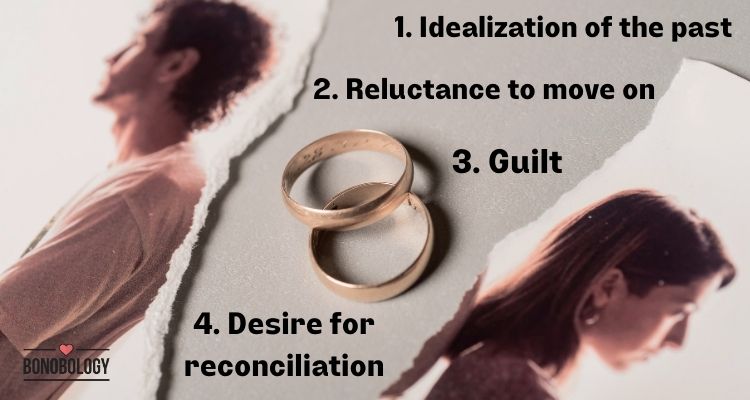



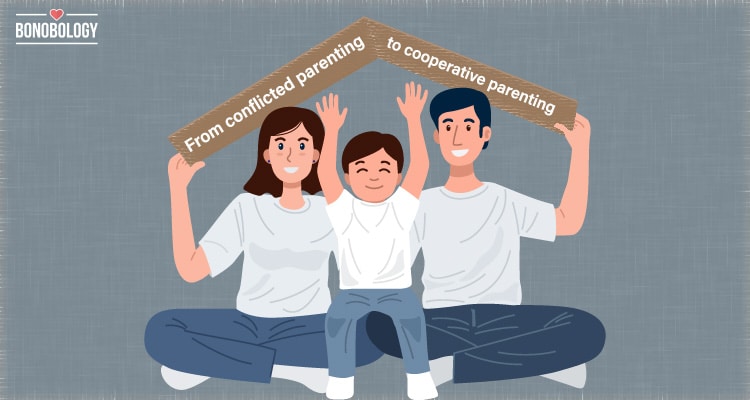

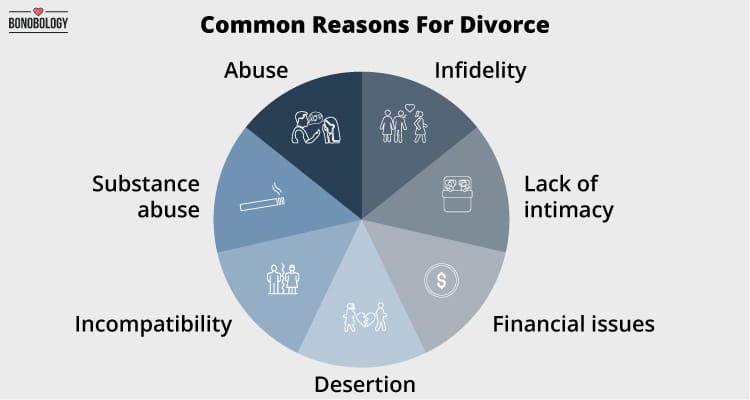


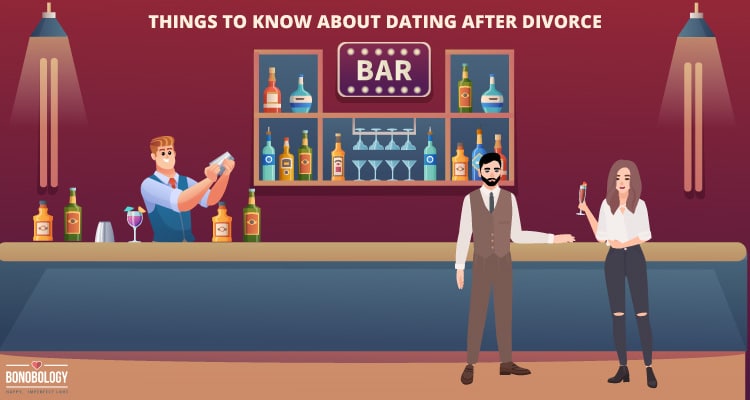

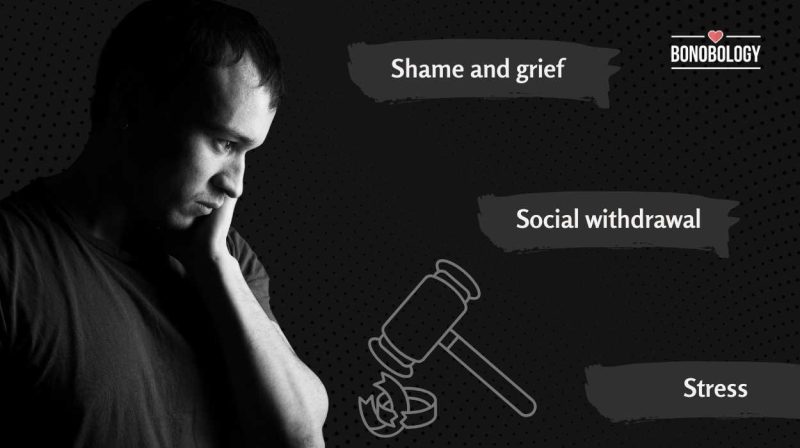
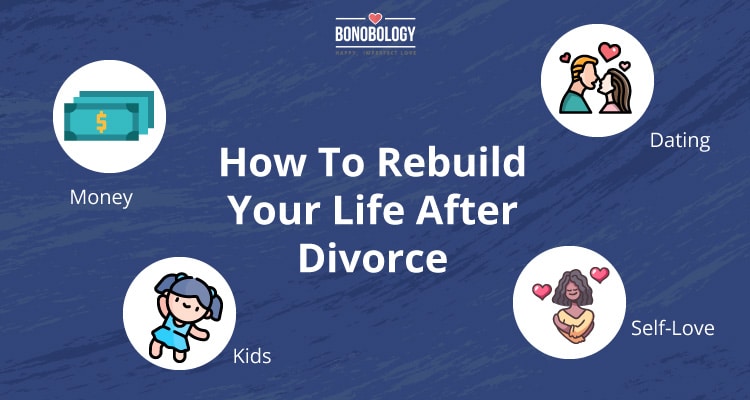




Featured
12 Best Dating Apps For Divorcees
The Hidden Benefits Of Divorce
Top Legal Tactics for Alimony Disputes Between Parents
Divorce Regret: What Is It, Signs, And Ways To Deal
The Pros And Cons Of Being Your Own Divorce Lawyer
15 Subtle Yet Strong Signs Your Marriage Will End In Divorce
10 Things To Do When You Are Thinking About Divorce
10 Tips For Divorced Parents To Handle Joint Custody Effectively
9 Sneaky Divorce Tactics And Ways To Combat Them
18 Most Common Reasons For Divorce
How To Cope With Divorce As A Man? EXPERT ANSWERS
11 Ways To Remain Sane During a Divorce
7 Important Things To Know About Dating While Separated
The Top Rules Of Separation In Marriage To Make It Successful
Lonely After Divorce: Why Men Find It So Hard To Cope
How To Rebuild Life After Divorce: Handling Kids, Money, Dating, And Self-Love
Failed Celebrity Marriages: Why Are Celebrity Divorces So Common And Expensive?
Surviving Divorce at 50: How To Rebuild Your Life
Gray Divorce 101 – A Guide To Divorce After A Long Marriage
Expert Advice – When To Call It Quits In A Marriage